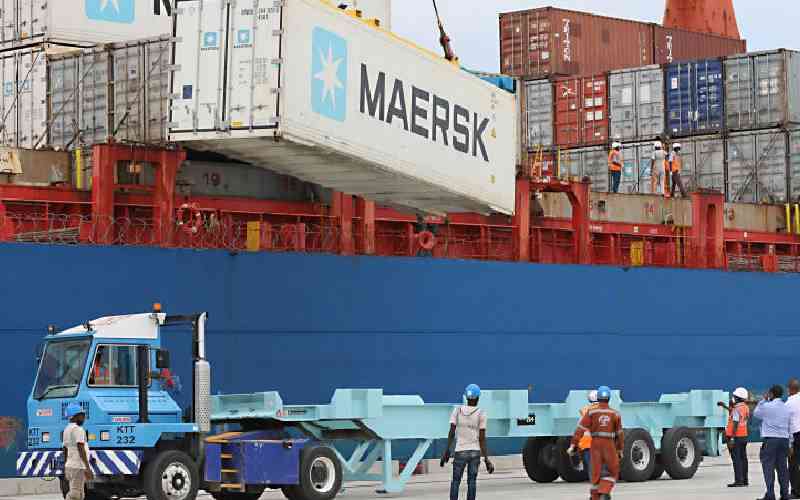×
The Standard e-Paper
Kenya’s Boldest Voice

A container being off loaded from a cargo ship at Lamu Port. [Omondi Onyango, Standard]
That 2022 was a difficult year for the port of Lamu is undeniable. The port that was billed as a game-changer in transshipment business struggled to attract business even after strong attempts to market it by the Kenya Ports Authority (KPA).